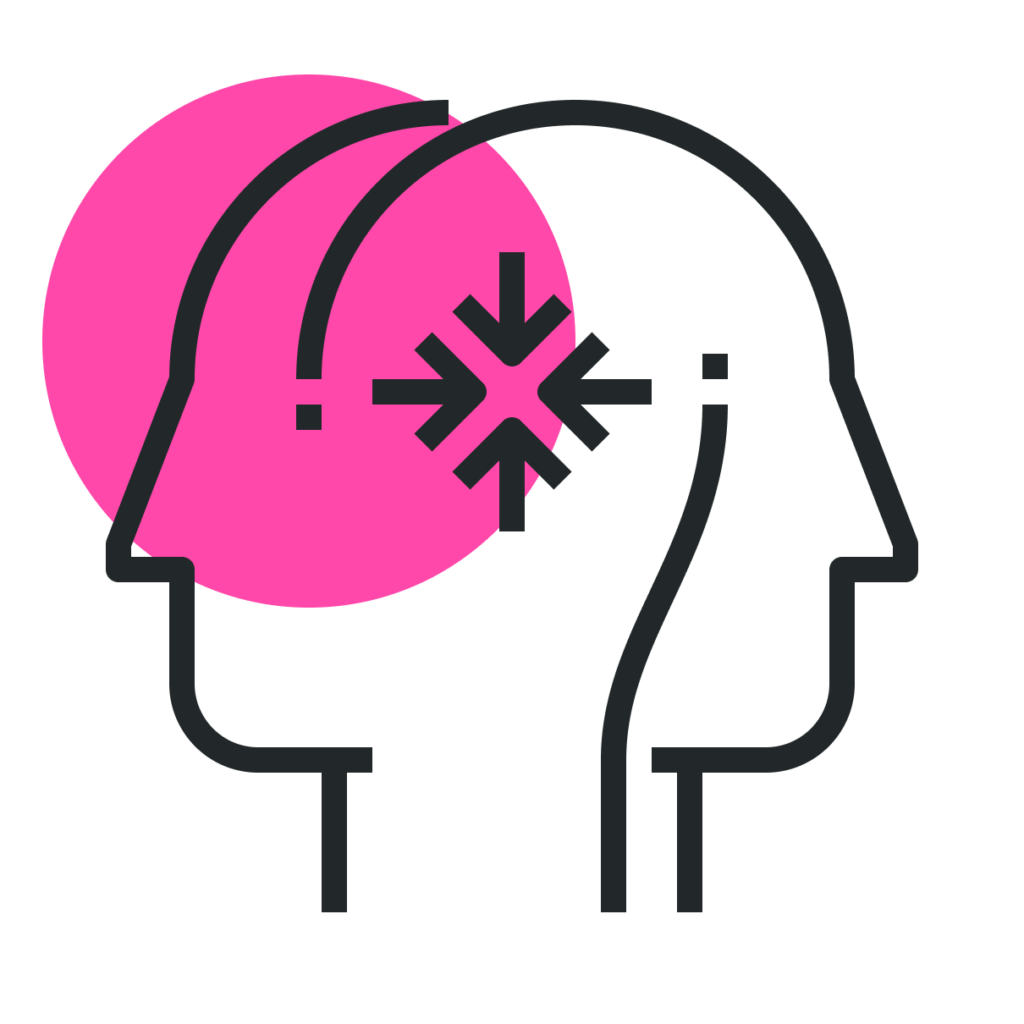The well-traveled road effect underscores an incredibly fascinating aspect of human cognition—our perception of time is not always tied to the clock. It’s often tied to our perceptions or experiences.
Researchers began to formally study this idea in the 1970s, but it has likely been a part of the human experience as long as we’ve had routines. Early studies involved participants estimating the duration of familiar and unfamiliar routes, with results consistently showing that familiar routes were perceived to be shorter.
The underlying theory is that familiarity with a task or route leads to a more automated processing mode in the brain. This automation requires less cognitive effort and results in fewer new memories being formed during the experience. On an unfamiliar route, the brain works harder, processes more information, and forms more memories, making the experience feel longer.
When teams regularly work on similar types of projects, the process can become a “well-traveled road.” This may lead to a perception that tasks are completed more quickly than they actually are. This familiarity with the work can be positive and negative. On one hand, it can increase efficiency as we become better at navigating known challenges. On the other hand, it might make us overconfident in estimating. This can lead to underestimating time for different tasks, potentially causing issues with timelines, or underestimating larger challenges and risks.
When we collaborate with cross-functional teams, they may bring their own “well-traveled roads” into the mix. This can lead to a clash of perceptions regarding how various long tasks should take, based on differing levels of familiarity with processes or knowledge areas.
When onboarding new team members we may judge them harshly for taking longer on certain tasks we perceive should be faster, simply because we are more familiar with it than they are.
🎯 Here are some key takeaways:
Manage time expectations realistically
Account for the learning curve in time estimates, especially when starting new projects or integrating new technologies, to avoid underestimating task durations.
Recognize and respect learning curves
Acknowledge the time it takes for new members to get up to speed. Support them through training and patience, ensuring a smoother integration into the team's workflow.
Establish clear communication channels
Make sure everyone is informed by using clear, consistent communication channels. This reduces misunderstandings and keeps the team aligned, regardless of individual familiarity levels.
Phase in changes slowly over time
Implement new processes or tools gradually to ease the team into transitions, reducing disruption and maintaining morale.
Don’t focus on extremes
Introduce new challenges: Start different types of task or challenges to stimulate creativity and prevent complacency. While slower initially, this strategy can promote growth and skill development.
📚 Keep exploring
To dive deeper into the topic of The Well-Traveled Road Effect and its implications for decision-making, check out these resources:



